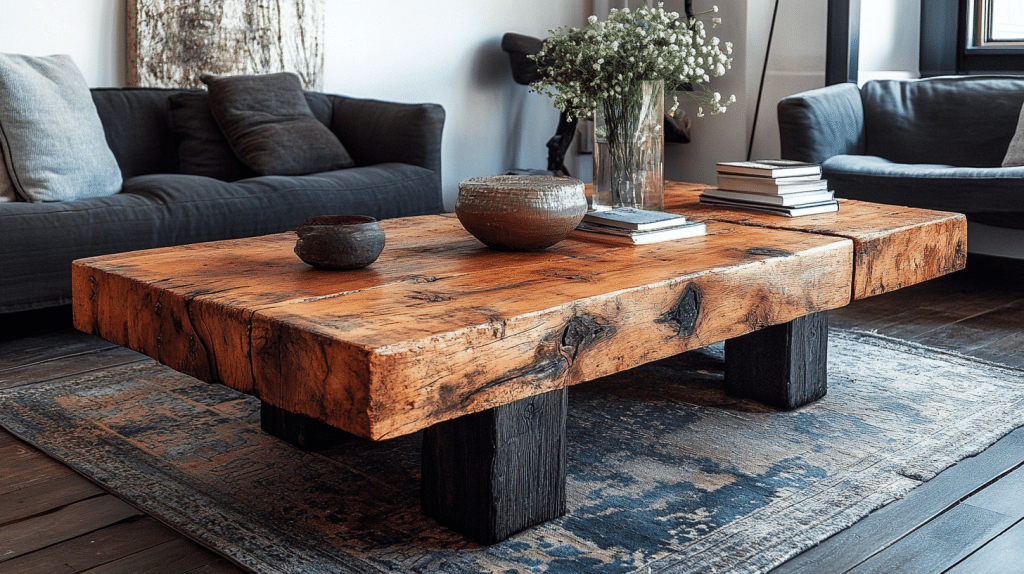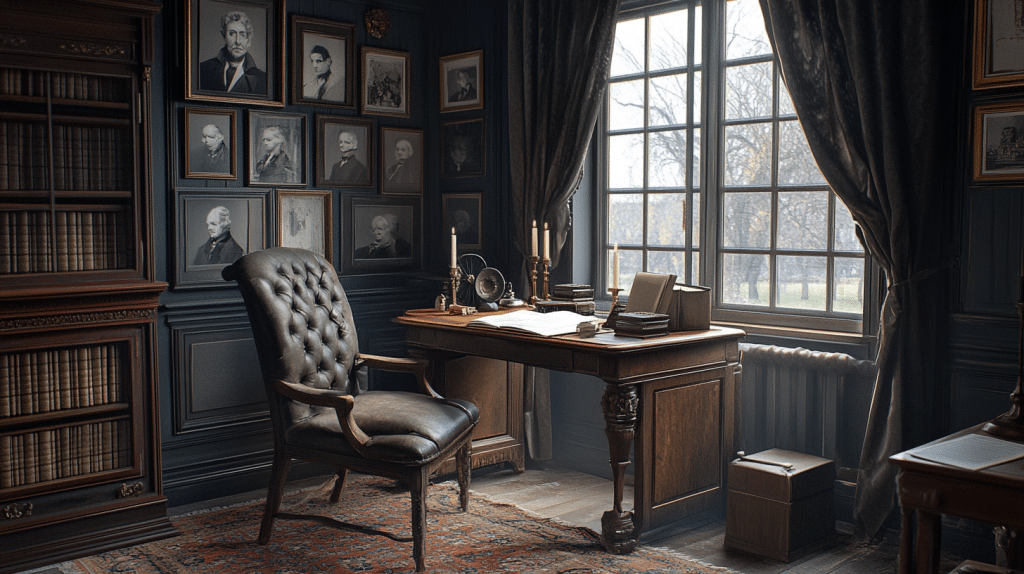Wabi Sabi Pottery: Embracing Imperfection in Ceramic Art
Every crack tells a story. Every uneven glaze whispers wisdom.
Wabi sabi pottery isn’t just ceramics—it’s a philosophy carved into clay, a meditation on beauty that defies perfection. When you hold a wabi sabi piece, you’re not just holding pottery. You’re holding a narrative of human touch, natural evolution, and profound acceptance.
What Makes Wabi Sabi Pottery Unique?
The Beauty of Imperfection
Imagine pottery that celebrates its flaws instead of hiding them. That’s wabi sabi in essence.
Key Characteristics:
- Asymmetrical shapes that feel alive
- Surfaces showing natural textures and variations
- Visible maker’s fingerprints
- Minimal, purposeful design
- Evidence of age and use
The Philosophy Behind the Clay
Wabi sabi emerges from deep Japanese philosophical roots, connecting directly to Zen Buddhism’s understanding of transience. It’s not about creating flawless objects, but about honoring the journey of creation.
Kintsugi: Healing as Art
Kintsugi represents wabi sabi’s most powerful expression. Imagine breaking a beautiful ceramic piece—instead of discarding it, you repair it with gold. The crack becomes more beautiful than the original surface.
Kintsugi Principles:
- Breaks are part of an object’s history
- Repair is not about hiding damage
- Transformation through acceptance
Modern Relevance of Wabi Sabi Pottery
In today’s mass-produced world, wabi sabi pottery offers something revolutionary: authenticity.
Why People Love Wabi Sabi:
- Each piece is truly unique
- Connects us to natural processes
- Provides calm in chaotic environments
- Challenges consumer culture’s perfection obsession
Incorporating Wabi Sabi in Your Space
Tips for Collectors:
- Look for handmade pieces with visible craftsmanship
- Appreciate variations in color and texture
- Choose pieces that feel personally meaningful
- Mix with minimalist or natural decor
Finding Authentic Wabi Sabi Ceramics
Where to Look:
- Local artisan markets
- Specialized ceramic galleries
- Online platforms featuring traditional craftspeople
- Workshops focusing on Japanese ceramic traditions
A Personal Reflection
Wabi sabi teaches us something profound: perfection is overrated. Beauty lives in authenticity, in the marks of time, in embracing our own imperfections.
When you choose a wabi sabi piece, you’re not just buying pottery. You’re choosing a philosophy, a way of seeing the world that finds grace in incompleteness.
Remember: Every crack, every uneven glaze, every subtle imperfection is an invitation to see beauty differently.













